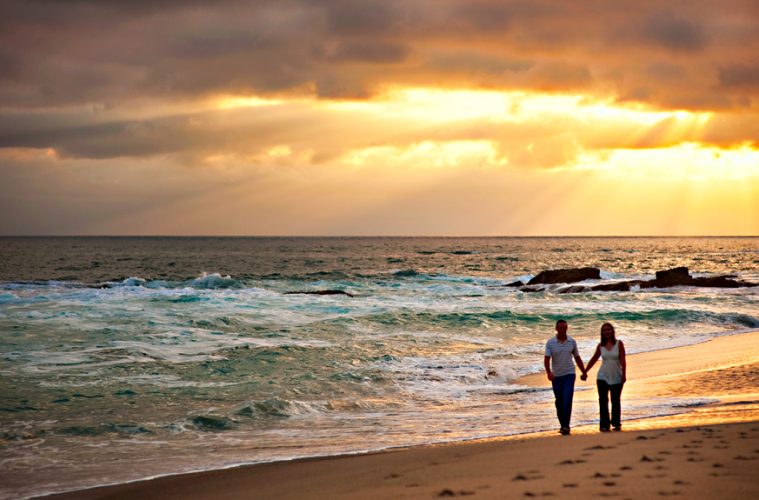
Experiments
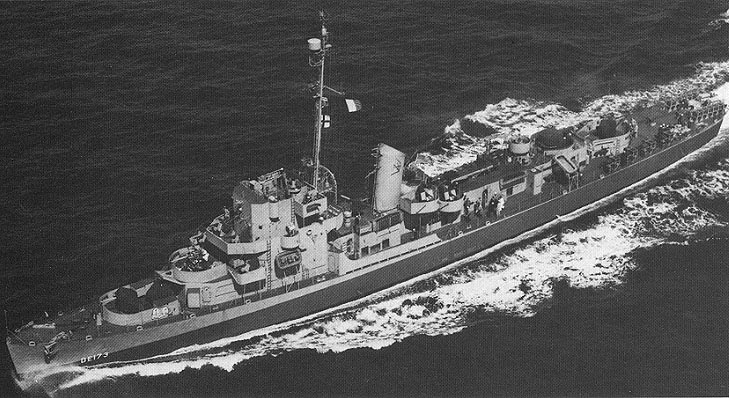
So apparently these bottles were flung off from boats for experimental and research purposes. The handwritten text was barely visible, as most of it had faded away. They could read the date the bottle had been thrown from the boat – June 12th, but the year was not visible clearly. Kym believed it said ’86.
The Ship

The last thing Kim could decipher from the note was the name of the ship from which this bottle was thrown. The last few letters of the name read, “A-U-L-A” to which his first guess was the ship, Paula. But there was no way to know it for sure. The couple needed help from some experts who could confirm the same.
Seeking Help
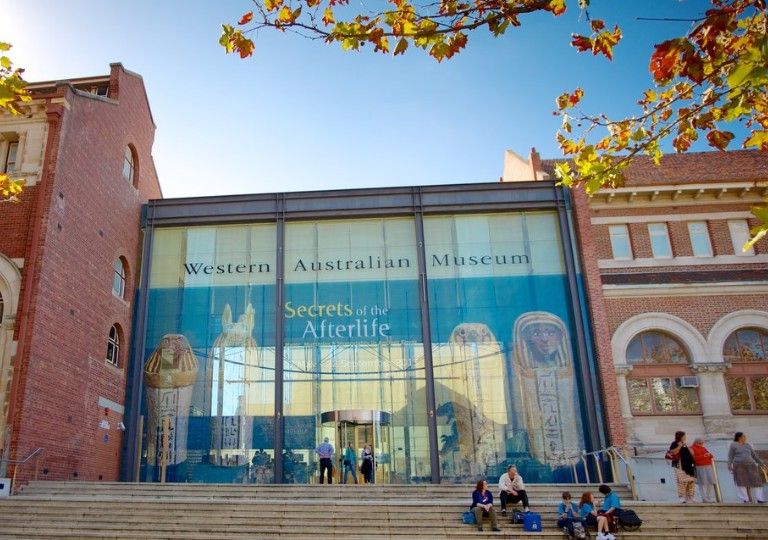
Kym and Tonya decided to reach out to the Western Australian Museum’s Department of Maritime Archaeology. They believed that the assistant curator of the department, Dr. Ross Anderson would help them in filling in the blanks of the message, it’s history and how it ended up at that beach.
Dr. Anderson
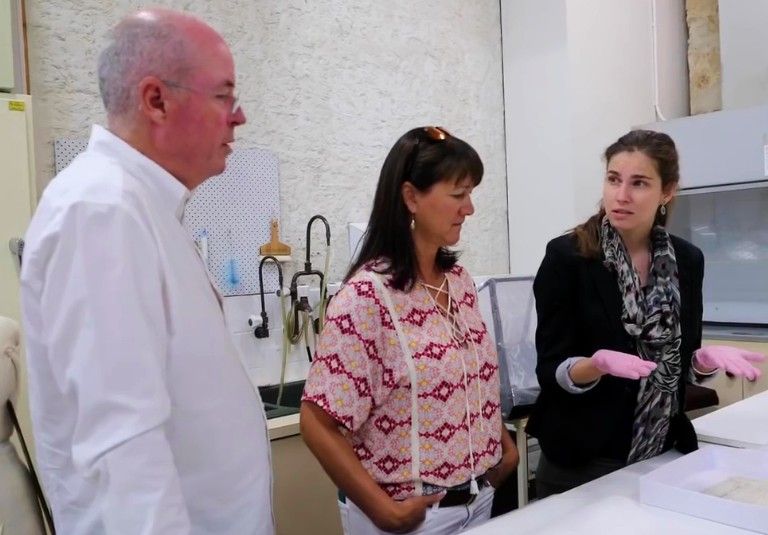
When Kym and Tonya presented the message to Dr. Anderson, they didn’t expect him to take them seriously at first. But to their surprise, not only did they not have to convince him, but he was very excited to help them find answers. He took the note and put it under observation with a bunch of his team members.
Unraveling The Story
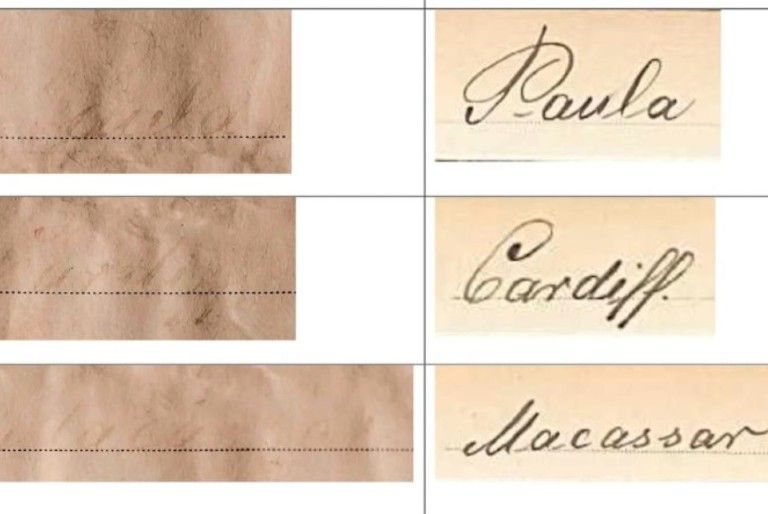
To Kym’s surprise, Dr. Anderson confirmed his theory about the ship. The ship’s name was, indeed, “Paula”. They confirmed the same by finding out records from the year 1883. From that point on, the story behind the message in the bottle began to unravel.
Paula
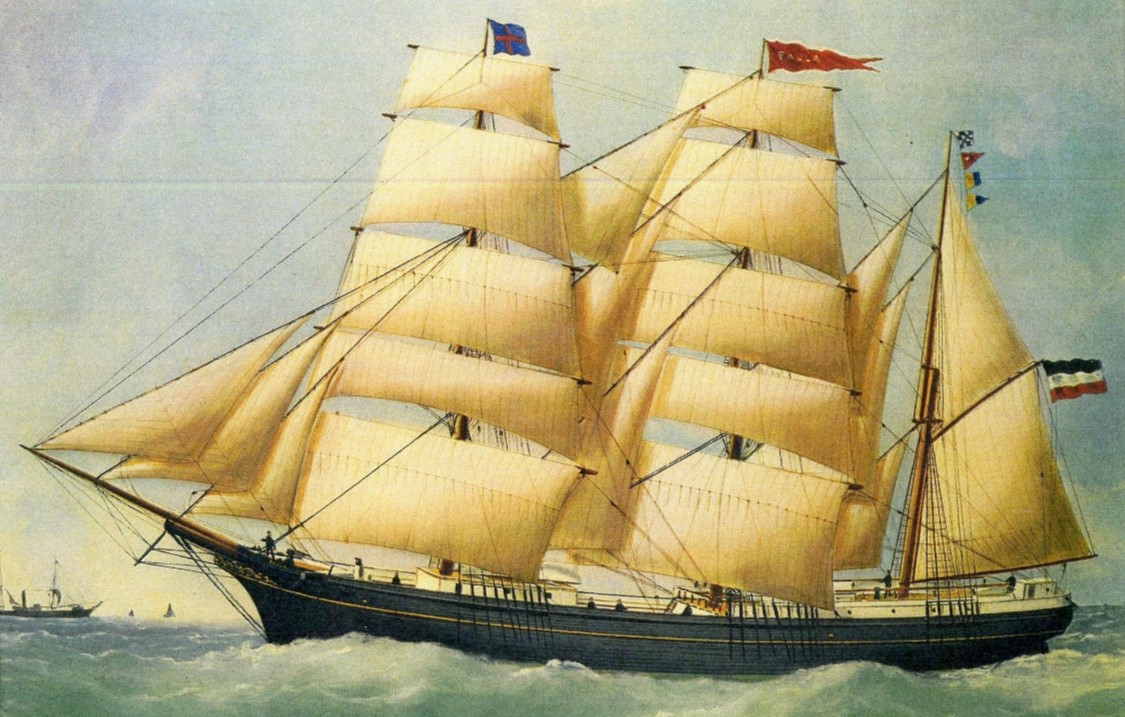
Paula was the name of a sailing ship constructed in Germany. The crew of the ship was a bunch of researchers who studied the ocean currents and conducted experiments by dropping these messages in bottles into the sea. The last message was reported to be found in Denmark in the year 1934, but Tonya was the only one who found the message intact inside the bottle.
